News Desk

This year, the famous festival Hayes Pavilion showcased seaweed bioplastic, proving biomaterials can create functional, sustainable structures for events and inspire eco-conscious design.
A recent study on mice found that administering cannabidiol helped extinguish the preference for cocaine. It also restored gut microbiota diversity disrupted by cocaine. The research was published in Progress in Neuro-Psychopharmacology & Biological Psychiatry.

This, the team says, opens up a new way to explore the properties of time crystals, as well as phenomena such as quantum fluctuations, correlation, and synchronization – an important factor in designing quantum computers.

Utilizing the in-house developed ArchCUT3-D software, which allows a computational analysis of the three dimensional traits of rock engravings, the research showcases an innovative approach that provides new insights into the production processes and cultural significance of engravings found in Timna Park, southern Israel.
Because of the dramatic shifts in the global climate which led to the thawing at the end of the Ice Age, many scientists have argued that climate change must have been the primary driver of the megafauna extinctions…the authors of the new study say that the climatic impacts can’t account for the scope of the megafauna losses.

In a study published in the Proceedings of the Royal Society B, archaeologists from Washington University in St. Louis, the University of Pittsburgh and their colleagues report the largest and most extensively dated archaeobotanical record from interior East Africa.
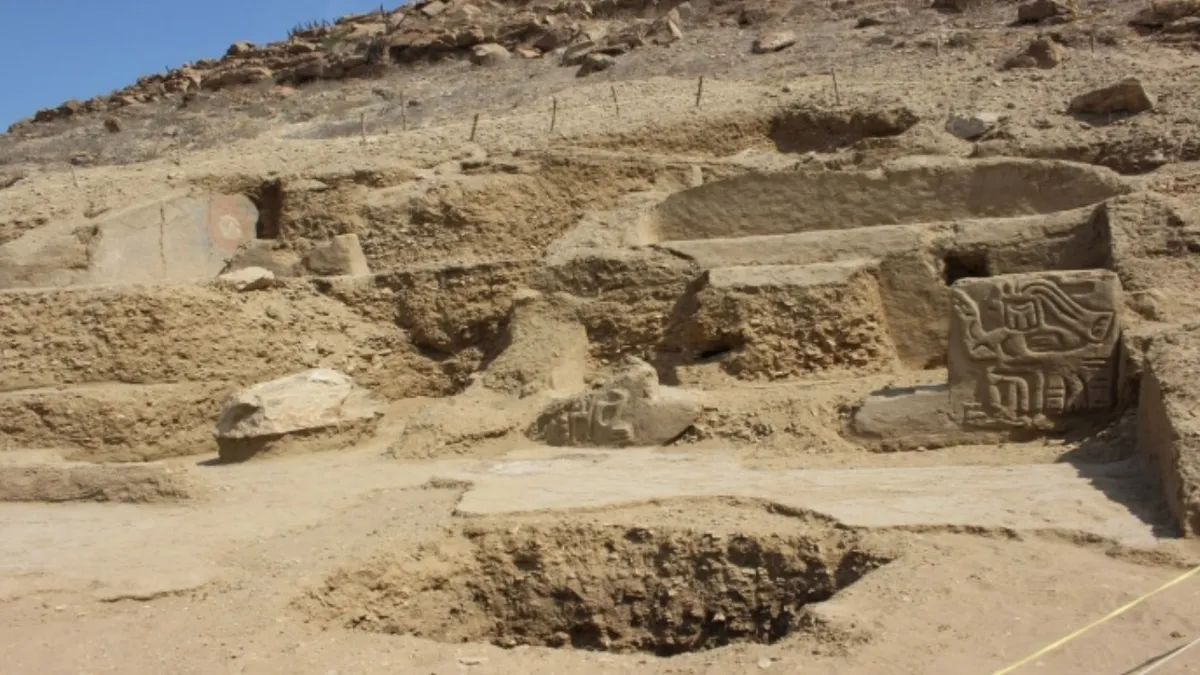
The temple site, which is located in the Zaña (also spelled Saña) district of northwestern Peru, is part of the Los Paredones de la Otra Banda-Las Ánimas Archaeological Complex, according to a translated statement from the Peruvian Ministry of Culture
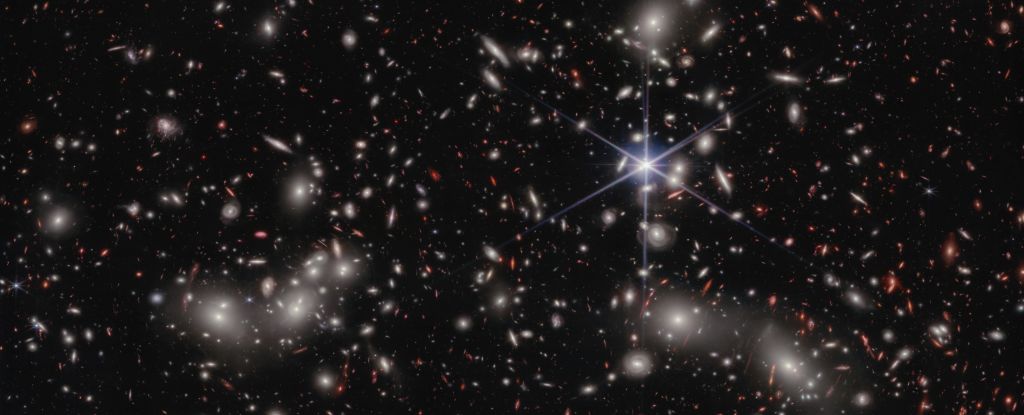
According to data from the Hubble and James Webb Space Telescopes, the origins of the free-flying photons in the early cosmic dawn were small dwarf galaxies that flared to life, clearing the fog of murky hydrogen that filled intergalactic space. A new paper about the research was published in February.
A chance encounter in remote Australia, and years of painstaking analysis has pushed back evidence for the start of complex life on the planet by 750 million years.

T Coronae Borealis, or the Blaze star, was last seen in 1946 and will be visible again some time between now and September.
Scientists have found a surprising connection between dinosaurs and ancient grapes. Fossilised seeds found in Central and South America hint that the mass extinction at the end of the “Age of Dinosaurs” might have created the conditions for ancient grapes to spread. See the study published in the journal Nature Plants.
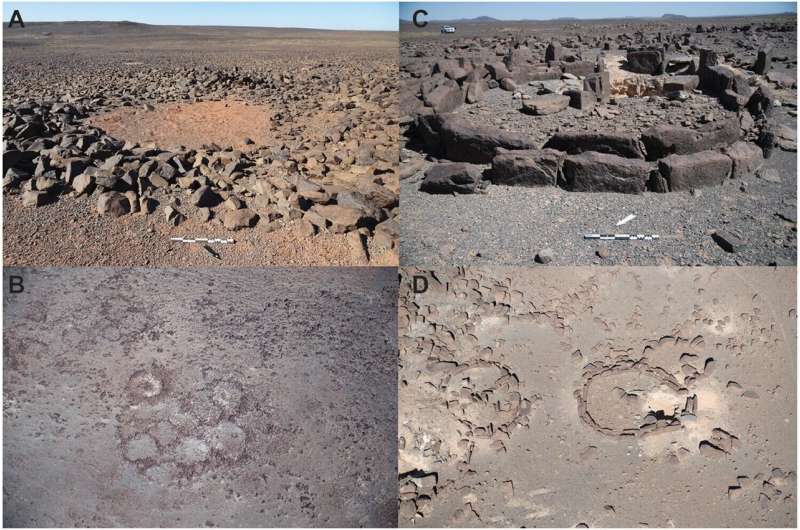
To date, little has been known about people living in north-western Saudi Arabia during the Neolithic…Now, an Australian-led team has released new research in the journal Levant on monumental buildings we call “standing stone circles.”
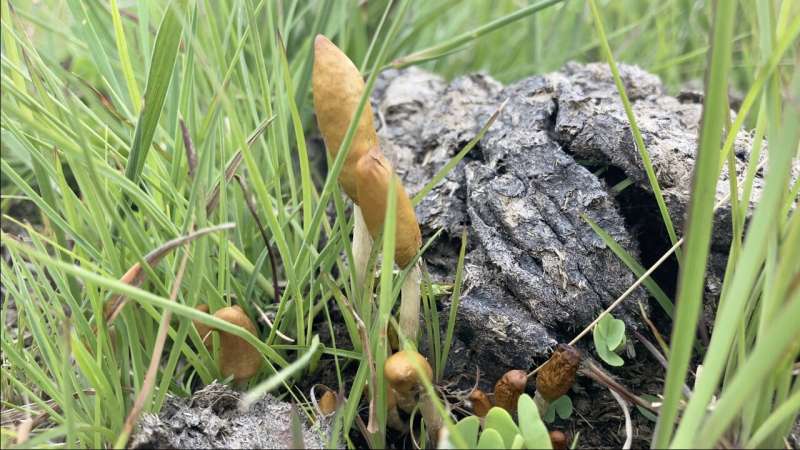
In a paper published in the journal Mycologia this week, researchers from Stellenbosch University (SU) and citizen mycologists describe the two new species as Psilocybe ingeli and Psilocybe maluti.
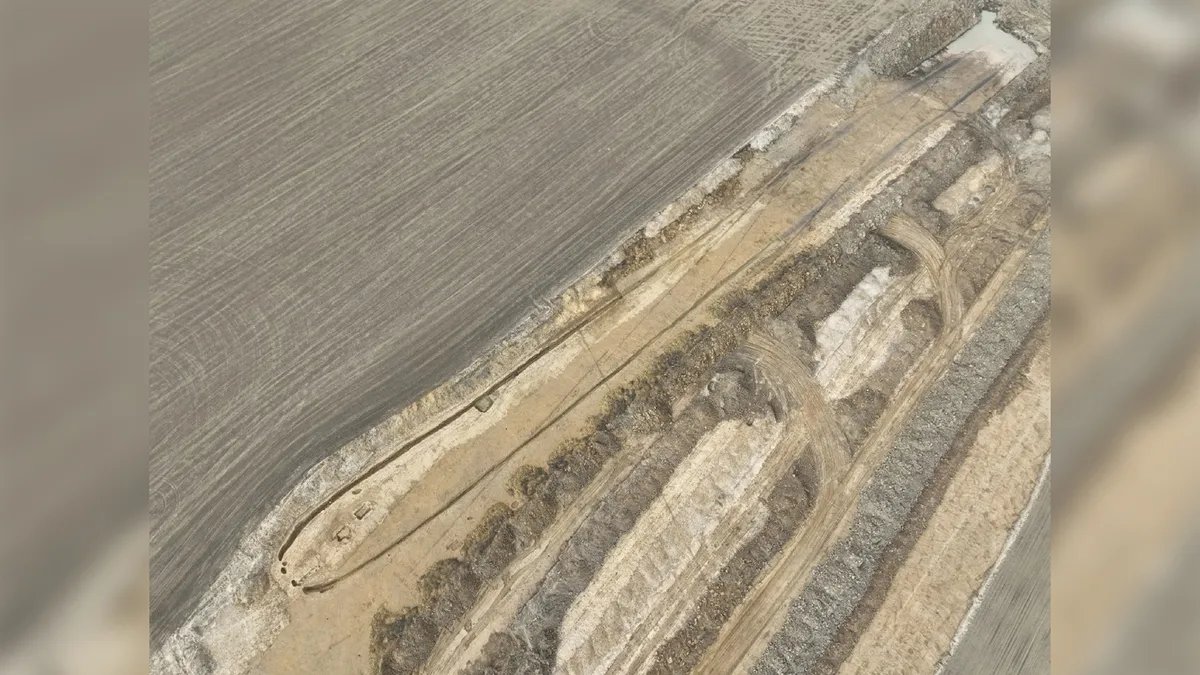
Archaeologists have unearthed what may be Europe’s largest prehistoric burial mound ahead of excavations beside a highway in the Czech Republic. The structure is thought to be made by the people behind the Neolithic Funnel-Beaker culture.

A giant 280m-year-old salamander-like creature that was an apex predator before the age of the dinosaurs has been discovered by fossil hunters in Namibia.
Gilligan is the lead author on a review paper in Science Advances that argues eyed needles, which emerged in the Palaeolithic era about 40,000 years ago, are a signal that clothing had become about more than just keeping warm








